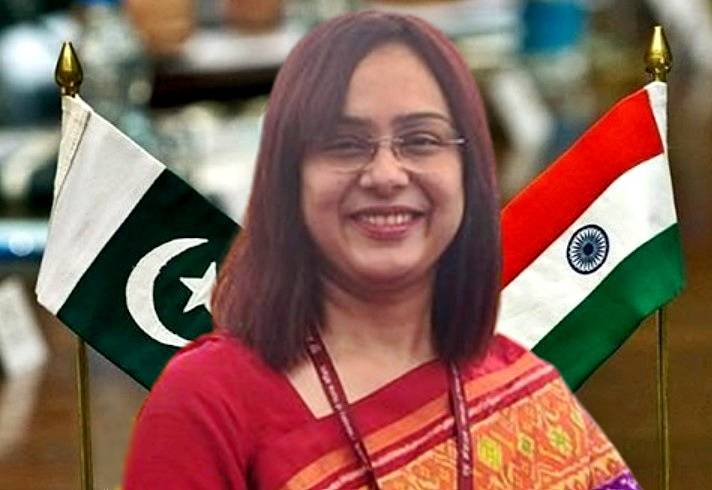Geetika Srivastava, currently serving as joint secretary at the headquarters of the Ministry of External Affairs (MEA), will be India’s new chargé d’affaires at its high commission in Islamabad, Pakistan. She will succeed Suresh Kumar, who is likely to return to New Delhi. After 77 years of Independence, India has appointed a female head of mission in Pakistan.
What does the appointment of Geetika Srivastava as the new CDA in Islamabad signify?
The appointment of Geetika Srivastava as the new CDA in Islamabad signifies a progressive step by the Indian government as it breaks the traditional male-dominated pattern of diplomatic appointments to Pakistan. This is a significant move as Srivastava will be the first woman to lead the Indian High Commission in Pakistan, reflecting a commitment to gender equality and empowering women in leadership roles.
About the Geetika Srivastava
Srivastava, a 2005 batch Indian Foreign Service officer, is currently serving as a joint secretary in the MEA’s Indo-Pacific division. The Indian and Pakistani high commissions in Islamabad and Delhi are being headed by their respective charge d’affaires after Pakistan downgraded diplomatic ties following India’s decision to withdraw the special status of Jammu and Kashmir in August 2019.
Geetika Srivastava worked in the Indian Embassy in China from 2007 to 2009, having learned Mandarin as part of her foreign language study. She has also worked in the Regional Passport Office in Kolkata and as the MEA’s Director of the Indian Ocean Region division.




 Which Indian City is Known as the Footwe...
Which Indian City is Known as the Footwe...
 Which Desert is known as the Cold Desert...
Which Desert is known as the Cold Desert...
 Top-10 News Media Companies in the World...
Top-10 News Media Companies in the World...







